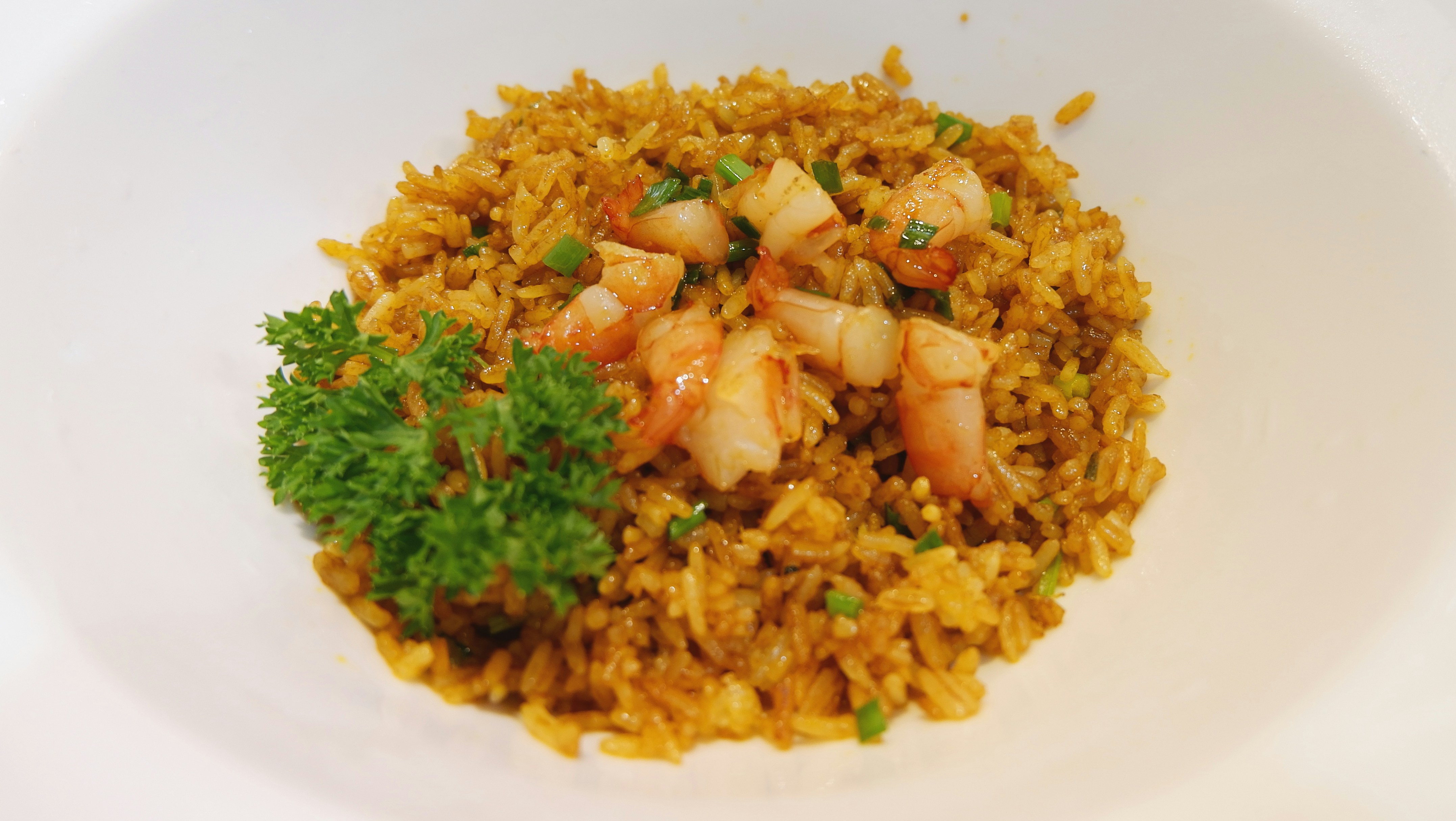

Shrimp and rice fertilizer is emerging as a sustainable agricultural solution that blends two natural resources: shrimp and rice byproducts. This organic fertilizer is primarily composed of the remains of shrimp, such as shells, and the byproducts generated during rice processing. The creation of this fertilizer involves the decomposition of these organic materials, a process that not only recycles waste but also enriches the soil with essential nutrients. This method stands in stark contrast to conventional synthetic fertilizers, which can lead to environmental degradation.
Historically, shrimp and rice have played significant roles in agriculture, particularly in regions where rice paddies are cultivated alongside shrimp farms, a practice known as integrated aquaculture. In traditional systems, the nutrient-rich water from shrimp ponds nourishes rice paddies, creating a symbiotic relationship that optimizes yield while minimizing waste. This cultural significance showcases the innovative ways in which agricultural communities have sought to harmonize their farming practices with the ecosystem.
The use of shrimp and rice fertilizer contributes numerous benefits to agricultural practices. Firstly, it enhances soil fertility by improving microbial activity and organic matter content. The gradual release of nutrients promotes healthier plant growth, reduced dependency on chemical inputs, and improved resilience against pests and diseases. Additionally, the use of organic fertilizers such as shrimp and rice not only mitigates potential water pollution associated with synthetic fertilizers but also fosters a holistic approach to land management, aligning with sustainable agriculture principles.
As the agriculture sector increasingly seeks environmentally friendly solutions, understanding the composition and advantages of shrimp and rice fertilizer is crucial in promoting a sustainable future for food production. By leveraging this unique fertilizer, farmers can harness the power of natural resources while enhancing crop productivity and soil health.
Shrimp and rice fertilizer is increasingly recognized for its valuable nutritional components essential in agriculture. One of its primary attributes is its rich nutrient profile, which includes nitrogen, phosphorus, and potassium—three macronutrients crucial for plant growth. Nitrogen, a critical building block of proteins, plays a significant role in leaf and stem development, thereby ensuring robust vegetative growth. Phosphorus is vital for energy transfer and photosynthesis, driving root development and flower formation. Potassium, on the other hand, enhances overall plant health, significantly improving drought resistance and disease resistance.
In addition to these primary macronutrients, shrimp and rice fertilizer also provides a range of trace elements such as calcium, magnesium, and iron. These micronutrients are essential for various physiological functions in plants, including enzyme activation and chlorophyll production. Enhanced soil health is a direct derivative of these nutrients, contributing to improved crop yields and more resilient agricultural systems.
The decomposition of shrimp shells is another notable aspect of this organic fertilizer. As shrimp shells break down, they release chitin, a polymer that not only enriches the soil with organic matter but also promotes beneficial microbial activity. Chitin serves as a food source for microbes that contribute to soil fertility, enhancing the overall ecosystem health. The increase in microbial activity results in improved nutrient availability and better plant uptake, reinforcing the sustainability of this natural fertilizer.
Various crops benefit from the application of shrimp and rice fertilizer, including rice, tomatoes, and peppers, among others. These crops have shown marked improvements in growth rate and overall yield when cultivated with this organic amendment. By integrating such fertilizers into agricultural practices, farmers can foster sustainable growth while enhancing soil health and ensuring a productive, eco-friendly farming system.
Effective application of shrimp and rice fertilizer is key to maximizing its benefits for various crops. This sustainable approach to agriculture can be implemented through several methods, ensuring that nutrients are utilized efficiently. One of the primary techniques is broadcasting, where the fertilizer is evenly spread across the soil surface prior to planting. This method is particularly effective for large areas and can help to enhance soil fertility, promoting healthy growth. However, farmers should consider the timing of application; applying shrimp and rice fertilizer shortly before rainfall or irrigation facilitates nutrient absorption by crops.
Another method involves incorporating the fertilizer into planting beds. This technique ensures that the nutrients are available at the root zone, where plants can access them more easily. To achieve this, the fertilizer should be mixed into the top 6 to 8 inches of soil before planting. Research has shown that this incorporation method can significantly improve crop yield, particularly for root vegetables and grains. Additionally, it is advisable to follow recommended dosage guidelines based on the specific crop requirements and soil conditions to prevent nutrient runoff and potential environmental impacts.
Foliar applications are also a viable option when utilizing shrimp and rice fertilizer. This method involves spraying a diluted solution of the fertilizer directly onto the leaves of plants, allowing for quick uptake of nutrients. Timing is critical, as applications should be made during early morning or late afternoon to minimize evaporation and maximize absorption. Studies indicate that foliar feeding can enhance plant health and yield, particularly in nutrient-deficient situations. By adopting these diverse application techniques—broadcasting, incorporation, and foliar application—farmers and gardeners can ensure they are leveraging the full potential of shrimp and rice fertilizer, tailored to their specific crops and local soil conditions.
The integration of shrimp and rice fertilizer in agricultural practices presents a significant opportunity to enhance sustainability while promoting environmental health. This organic fertilizer is derived from the processing of shrimp and the byproducts of rice cultivation, making it an eco-friendly alternative to chemical fertilizers. One primary advantage of utilizing shrimp and rice fertilizer is its ability to improve soil structure. The organic compounds present in this fertilizer can enrich soil, facilitating better aeration and promoting beneficial microbial activity. This, in turn, leads to enhanced soil fertility and crop yields without the harmful repercussions often associated with synthetic fertilizers.
Furthermore, shrimp and rice fertilizer plays a crucial role in reducing soil erosion. By improving soil aggregation, it can effectively hold soil particles together, minimizing the risk of erosion during heavy rains or wind events. Additionally, this fertilizer enhances water retention capabilities within the soil, allowing crops to draw on moisture reserves for extended periods. This characteristic is particularly beneficial in regions prone to drought, as it optimizes water usage and supports resilient agricultural practices.
<phowever, amendment="" and="" at="" be="" benefits="" biodiversity.="" can="" come="" consequences,="" consider="" decreased="" degradation="" do="" ecological="" ecosystems="" ensure="" environmental="" essential="" expense="" fertilizer.="" habitat="" impacts="" implementing="" including="" integrity.The application of shrimp and rice fertilizer can certainly offer an array of advantages, but farmers must also remain mindful of the broader environmental implications. By acknowledging these factors and emphasizing sustainable practices, the agricultural sector can more effectively leverage the benefits of organic fertilizers while safeguarding the environment.

